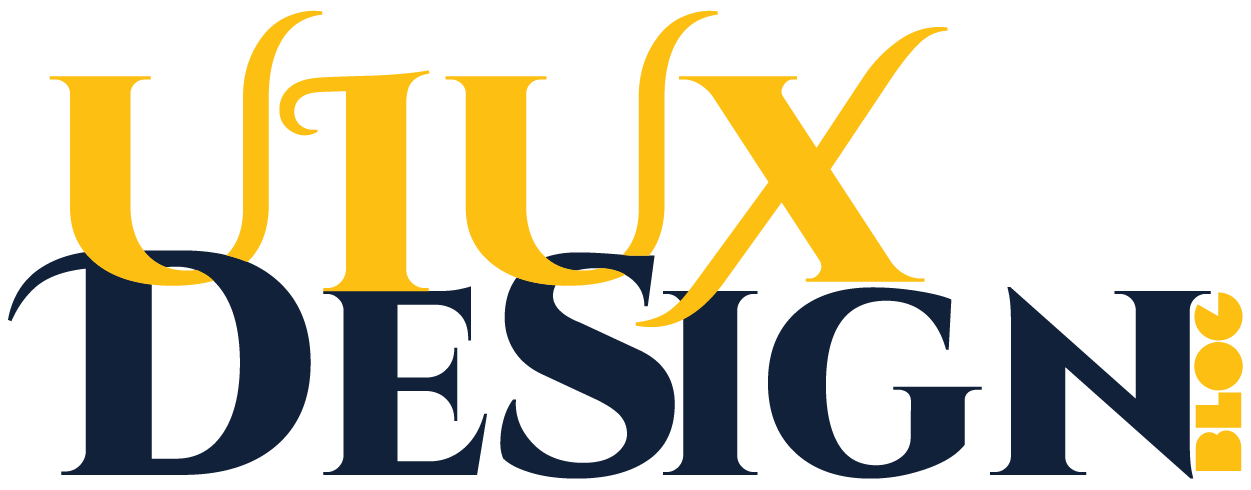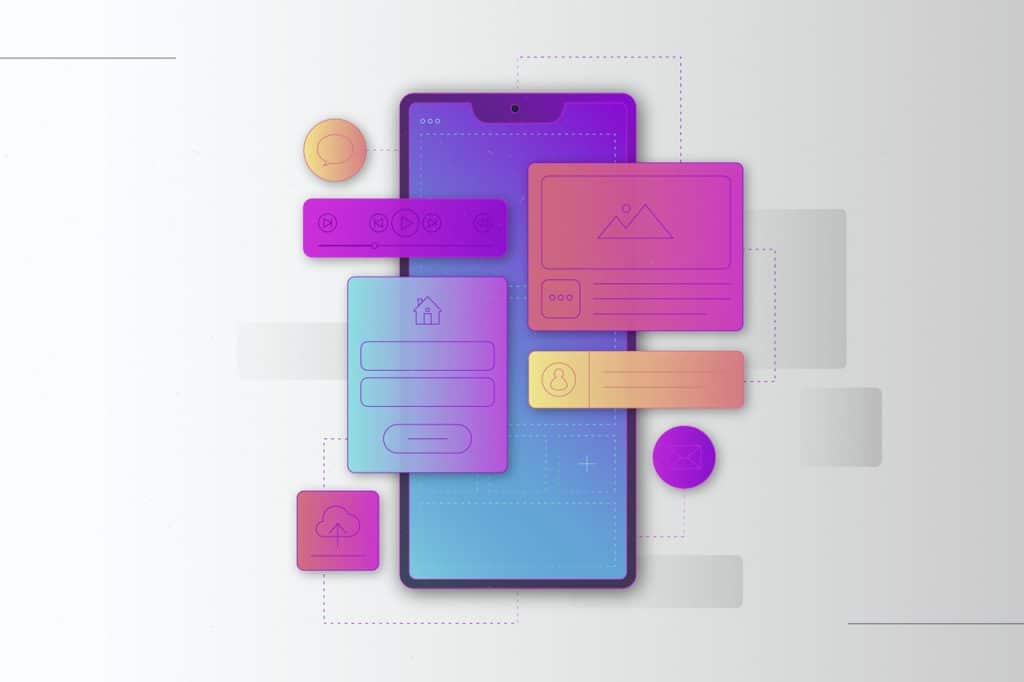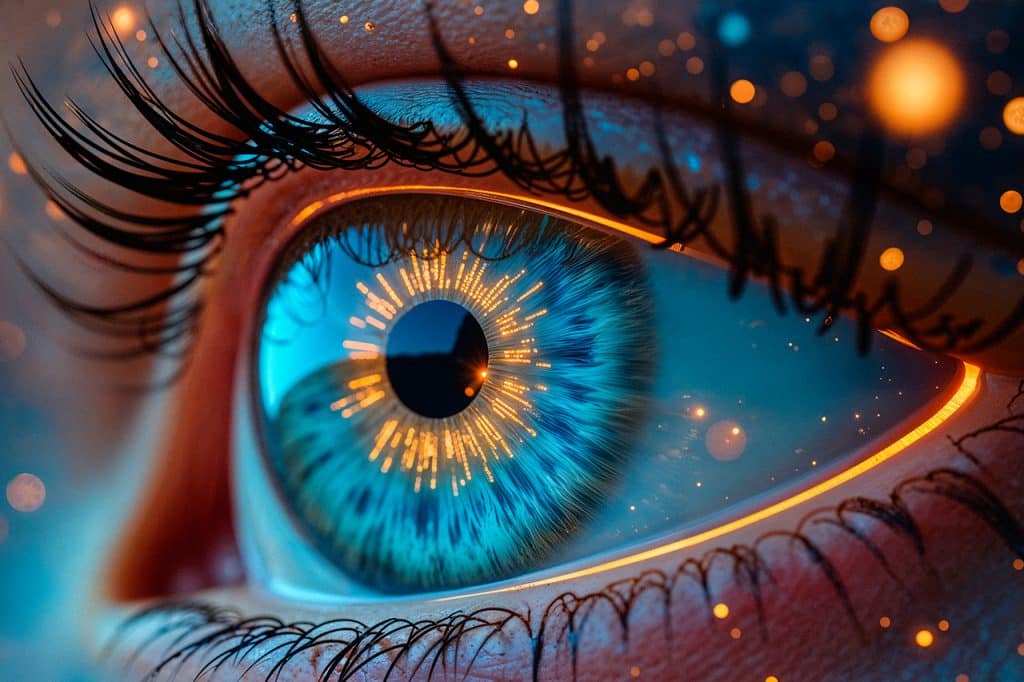Welcome to WordPress. This is your firProduct design is more than crafting visually appealing interfaces; it’s about solving real problems, creating value, and ensuring a seamless experience for users. In today’s world, where technology drives innovation, product designers are at the forefront of shaping interactions between humans and products.st post. Edit or delete it, then start writing!
Here’s a deep dive into the essential elements of product design and how to build products that resonate with users.
What Is Product Design?
At its core, product design is the process of imagining, creating, and refining a product to solve user problems while meeting business goals. It merges creativity, usability, and functionality to deliver a cohesive solution. Whether it’s a physical product or a digital interface, product design focuses on making life easier and more enjoyable for users.
The Pillars of Great Product Design
1. Empathy: Understanding Users
The foundation of effective product design lies in understanding your users—their goals, pain points, and behaviors.
- Conduct user research through interviews, surveys, and usability tests.
- Map out user journeys to identify friction points.
- Use empathy maps to step into the shoes of your audience.
Example: A ride-sharing app must cater to users needing quick, reliable rides while addressing concerns like safety and affordability.
2. Functionality: Solving Real Problems
A product’s primary goal is to function seamlessly. Even the most aesthetically pleasing design will fail if it doesn’t meet user expectations.
- Prioritize features that directly address user needs.
- Test for edge cases to ensure reliability.
- Simplify navigation and interactions to enhance usability.
Example: Think about how Google’s homepage focuses on one primary function: search. Simplicity amplifies its utility.
3. Aesthetics: The Power of Visual Appeal
A visually pleasing product creates a positive first impression and encourages engagement. However, aesthetics should always complement usability.
- Use consistent typography, color schemes, and visual hierarchy.
- Follow design principles like contrast, alignment, and balance.
- Leverage branding to create a cohesive look and feel.
Example: Apple’s product design combines sleek aesthetics with functional brilliance, creating an iconic user experience.
4. Iteration: Continuous Improvement
Product design isn’t a one-and-done process. Feedback loops and iterative design are critical to refining a product.
- Use analytics to track user behavior.
- Gather direct feedback through surveys and support channels.
- Prototype, test, and refine based on insights.
Example: Instagram continually improves its user interface to enhance navigation, content discovery, and engagement.
The Role of Tools in Product Design
Product designers rely on a suite of tools to bring their visions to life:
- Wireframing and Prototyping: Figma, Sketch, Adobe XD.
- User Research: Lookback, Optimal Workshop, Hotjar.
- Collaboration: Miro, Slack, Notion.
Choosing the right tools can streamline the design process and foster collaboration between teams.
Balancing Business Goals with User Needs
A successful product not only delights users but also drives business outcomes. Product designers must find the sweet spot where user satisfaction aligns with profitability.
- Collaborate with stakeholders to understand business objectives.
- Prioritize features that create value for both users and the organization.
- Advocate for user-centered decisions in cross-functional teams.
Emerging Trends in Product Design
- AI and Personalization: Products are becoming smarter, offering tailored experiences based on user preferences and behavior.
- Dark Mode and Accessibility: Inclusive design ensures that products are usable by everyone, regardless of abilities.
- Sustainability: Designers are rethinking processes to minimize environmental impact, particularly in physical product design.
Final Thoughts
Product design is a blend of art and science, demanding creativity, empathy, and analytical thinking. A well-designed product doesn’t just meet expectations—it exceeds them, leaving users feeling empowered and satisfied.
As designers, our challenge is to navigate the complexities of human behavior, technology, and business goals to craft solutions that truly matter.
ProductDesign #UXDesign #DesignThinking #Innovation


